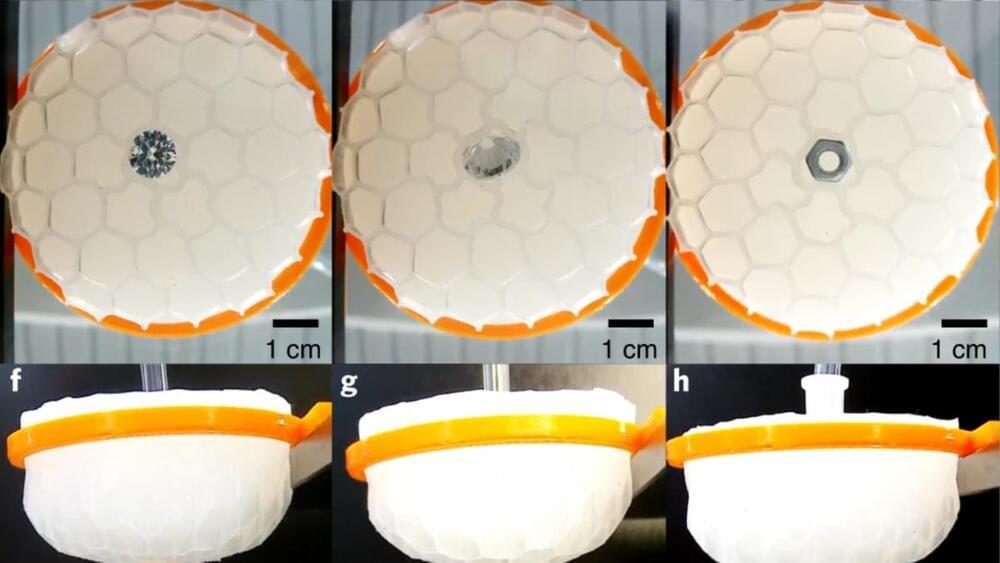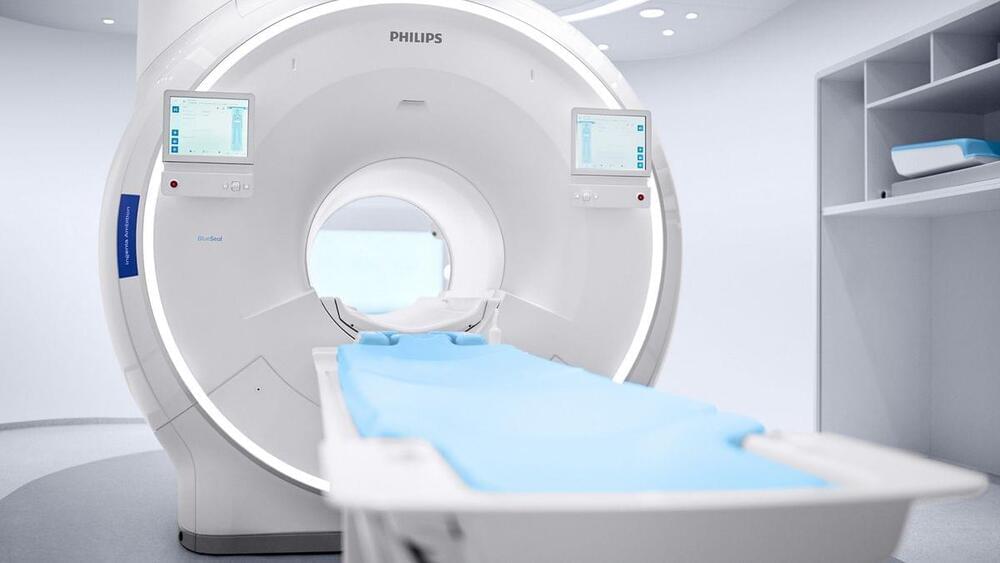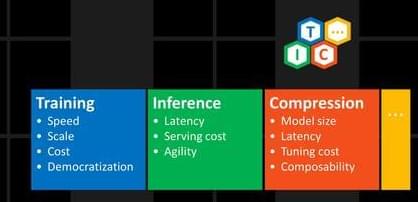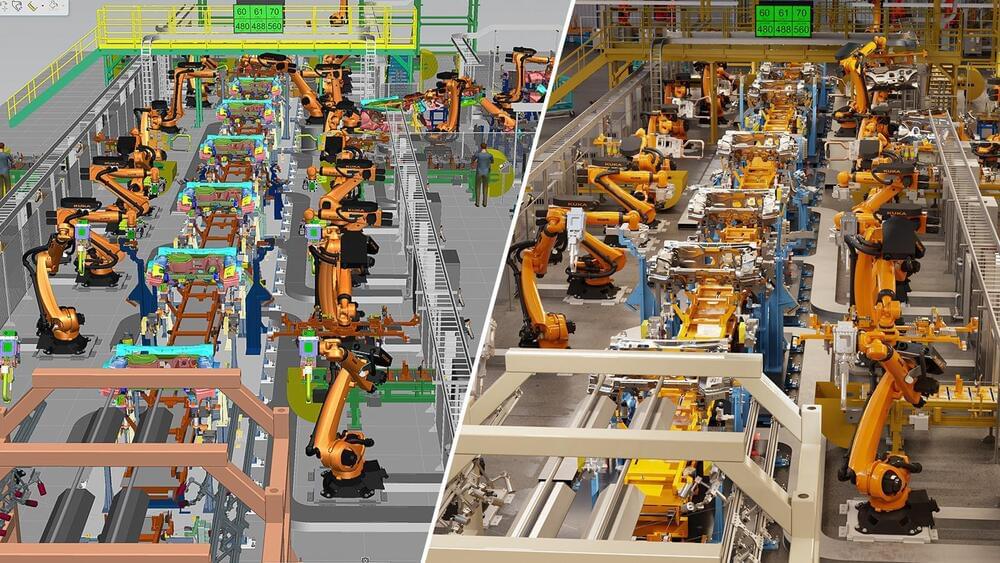Turns out, dehydrated passion fruits exhibit a type of symmetry not previously known, inspiring self-adapting robots that could one day ‘grasp’ space junk.
A previously unknown type of wrinkling pattern on the surface of dehydrated passion fruits inspired the invention of a device that could be used to clean up space debris and hazardous materials, according to South Morning China Post (SMCP)
The real-life application comes after Fan Xu, Xi-Qiao Feng and colleagues at Fudan University in Shanghai reported an unknown type of chiral wrinkling pattern on the surface of dehydrated passion fruits in their study published in the journal Nature Computational Science the same day. previously unknown type of wrinkling pattern on the surface of dehydrated passion fruits inspired the invention of a device that could be used to clean up space debris and hazardous materials, according to South Morning China Post (SMCP).








